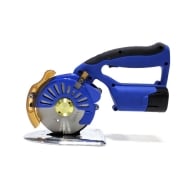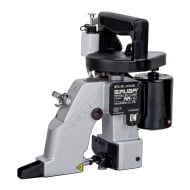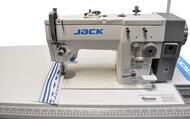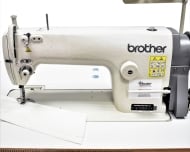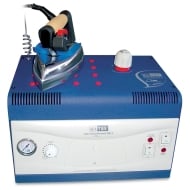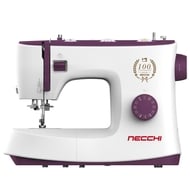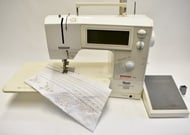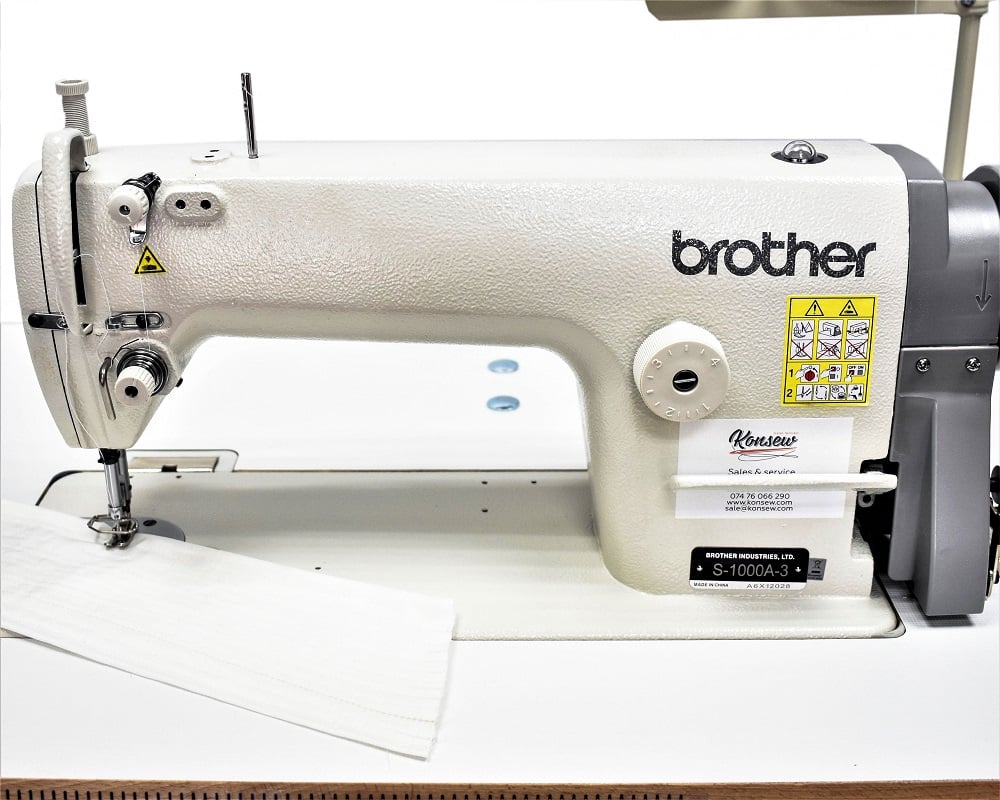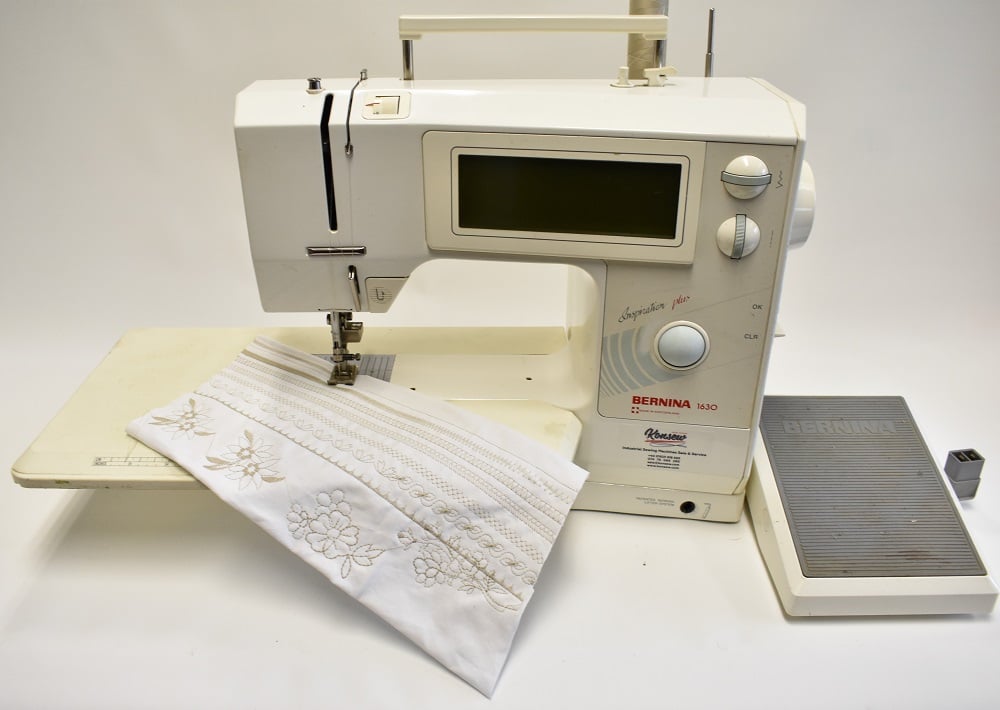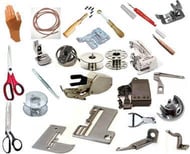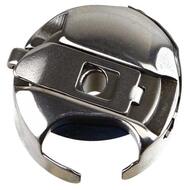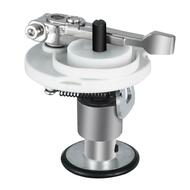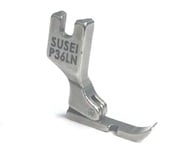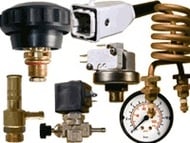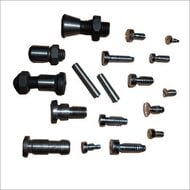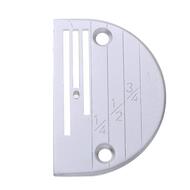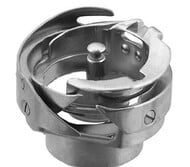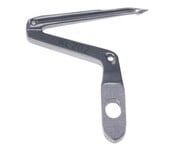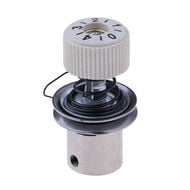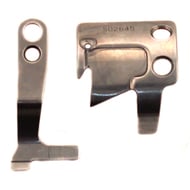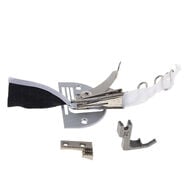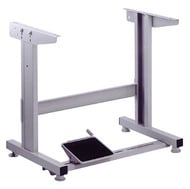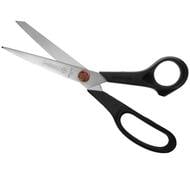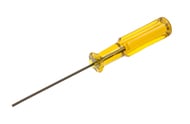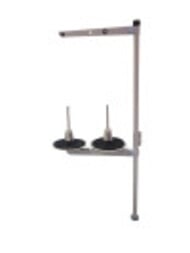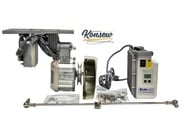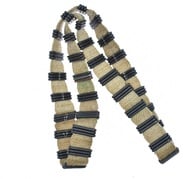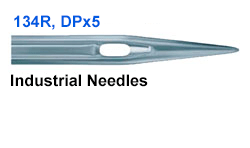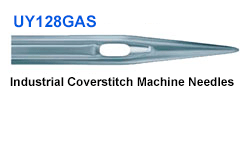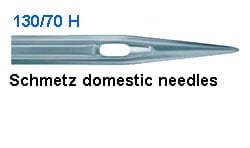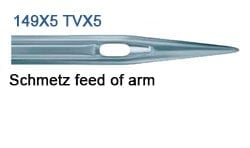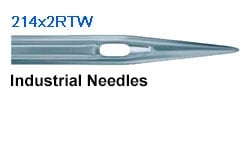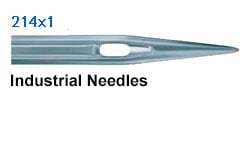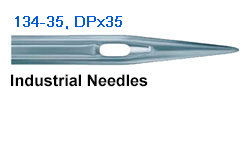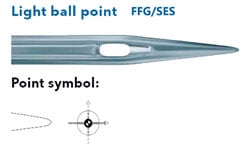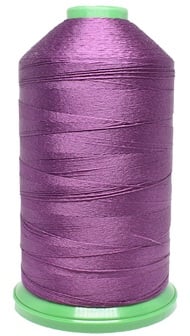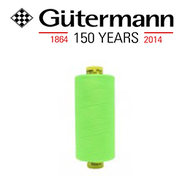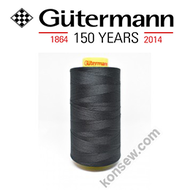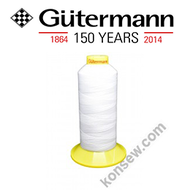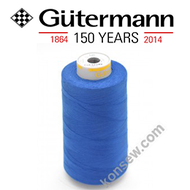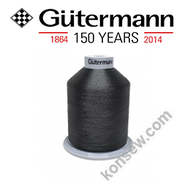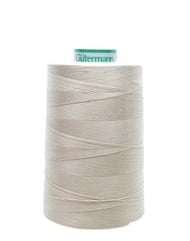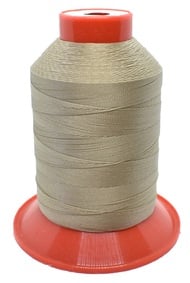Staying Safe In The Sewing Room
-550x550_0-962x687.png)
Safety is a top priority in any workspace, including the sewing room. Whether you're a professional seamstress or an enthusiastic hobbyist, implementing safety practices helps prevent accidents and ensures a healthy working environment. Here are essential tips for staying safe in the sewing room:
Ergonomics:
Good Posture: Maintain proper posture while sewing. Sit up straight, position your sewing machine at eye level, and use a chair that provides adequate support.
Comfortable Seating: Invest in an ergonomic chair with proper lumbar support to reduce strain on your back.
Machine Safety:
Read the Manual: Familiarize yourself with your sewing machine's manual to understand its features, functions, and safety guidelines.
Turn Off When Not in Use: Always turn off the sewing machine when not in use, especially when changing needles or adjusting settings.
Tool and Equipment Safety:
Sharp Tools: Use caution when handling sharp tools such as scissors, rotary cutters, and pins. Keep blades closed when not in use.
Tool Storage: Store tools in designated areas, and use organizers or containers to keep sharp items safely stored.
Material Handling:
Lifting Heavy Fabrics: Be cautious when lifting heavy fabrics or sewing projects. Use proper lifting techniques to avoid strain on your back.
Handling Hot Items: Use caution when working with hot irons or steamers. Place them on heat-resistant surfaces and keep them away from flammable materials.
Needle Safety:
Proper Needle Installation: Ensure needles are correctly installed and tightened. Always use the appropriate needle for the fabric you're sewing.
Changing Needles Safely: Turn off the sewing machine and unplug it before changing needles to prevent accidental injuries.
Ventilation:
Well-Ventilated Space: Ensure good ventilation in your sewing area, especially if you're working with fabrics, threads, or products that may produce fumes or dust.
Fire Safety:
Keep Flammable Items Away: Store flammable items, such as paper patterns and fabric scraps, away from heat sources.
Fire Extinguisher: Have a fire extinguisher in your sewing room and know how to use it.
Emergency Planning:
First Aid Kit: Keep a well-stocked first aid kit in your sewing room. Include bandages, antiseptic ointment, and other basic medical supplies.
Emergency Contacts: Have emergency contact information accessible in case of accidents.
Organized Workspace:
Clear Workspaces: Keep your workspaces clear of clutter to prevent tripping hazards.
Secure Cords: Tuck away cords to prevent tripping, and use cable organizers to manage cords neatly.
Eye and Ear Protection:
Eye Protection: Wear safety glasses or goggles, especially when cutting or handling fabrics that may release fibers.
Ear Protection: If your sewing machine is particularly loud, consider using ear protection to prevent hearing damage.
Allergies and Sensitivities:
Know Your Materials: Be aware of any allergies or sensitivities you may have to certain fabrics, dyes, or chemicals. Take precautions to avoid exposure.
Regular Breaks:
Avoid Eye Strain: Take regular breaks to prevent eye strain, especially if you're working on intricate or detailed projects.
Stay Informed:
Stay Updated on Safety Guidelines: Keep yourself informed about safety guidelines for the materials and equipment you use.
Electricity Safety:
Inspect Cords: Regularly inspect power cords for any signs of wear or damage. Replace damaged cords immediately.
Use Surge Protectors: Protect your sewing machine and other electronic equipment with surge protectors.
Remember, safety is an ongoing practice. Regularly assess your sewing room for potential hazards and take the necessary steps to mitigate risks. Creating a safe and organized workspace ensures a positive and healthy sewing experience.
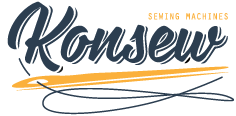


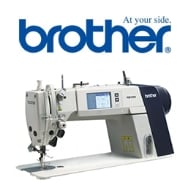


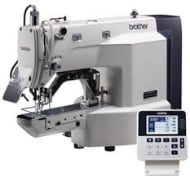
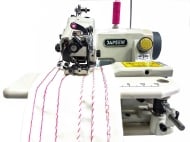
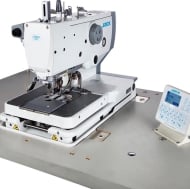
.jpg)
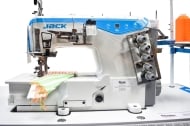
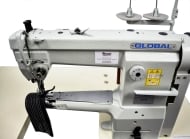
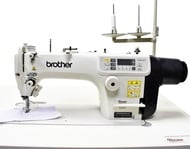
.jpg)
-min.jpg)
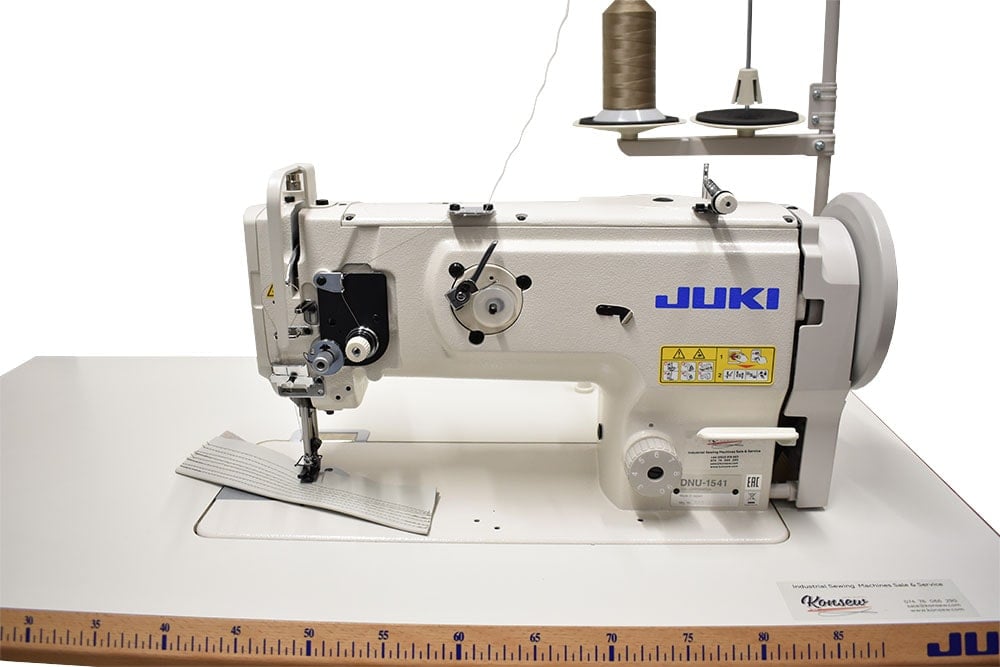
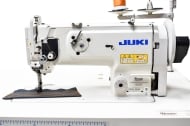
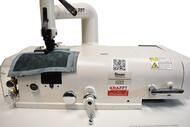
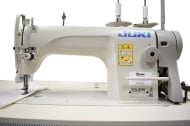


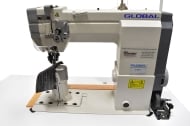
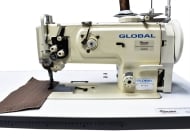
 Twin Needle Walking Foot Needle Feed Sewing Machine 6.jpg)

